 What you see is reality, isn’t it?
What you see is reality, isn’t it?
Actually, no.
This unit is all about how we impose our own interpretation on the reality of the visual world. What we perceive visually is influenced by many factors, including our visual experiences in the past, what we want to see, our expectations, the potentially confusing aspects of the visual stimuli, and so forth.
Photo: Woman With Magnifying Glass by Petr Kratochvil
Our brains have to fuse the separate, two-dimensional images on our two retinas into a three-dimensional, meaningful and cohesive image of the world. The perceptual skills that are required for this to occur are complex and fascinating. Occasionally our brains make mistakes, sometimes because the visual stimuli trick the brain (as in illusions) and sometimes because psychological factors cause us to misinterpret what we see.
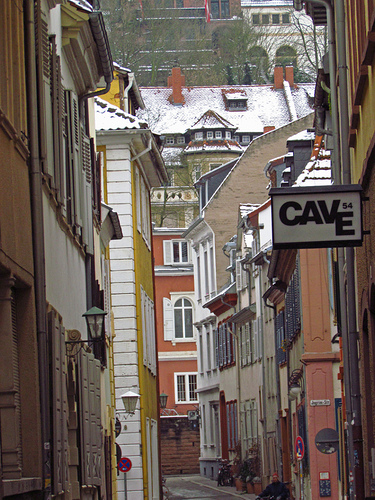
Photo: Heidelberg in Winter, kindly provided by Mimi_K at flickr.com
Visual Perceptual Exercise
On the left you can see how I normally look (about 20 years younger than I am now). On the right you can see the grumpier self that I sometimes show.
Stare at the two images. By doing so, you may find, with practice, that your brain creates another image, a fusion of the two. The middle picture, if this works, will be a fusion of the other two. If you would prefer to try this with a sketch of yourself, feel free. After all, it’s bad enough having one teacher without having two, then three…
PS This may not work with the computer screen, but it works a treat on paper. I even look three-dimensional. Agggghhhh!
(Ms Green)
Now, some serious information on this topic:
The website below, titled “Neuroscience for Kids”, is full of fascinating activities about the nervous system and visual perception. Click on this link to visit and read about the visual perceptual system.
http://faculty.washington.edu/chudler/chvision.html

Outcome: Visual Perception Psych 1 Outcome 2010
Visual Perceptual Principles: Depth Cues
PUZZLE with positive reinforcement for clever answers: How many depth cues can you find in the photo below? Students who leave a comment in which they can identify and explain a visual perceptual principle in a way that might help others to understand will receive a small piece of positive reinforcement, in the form of sugar or stationery.
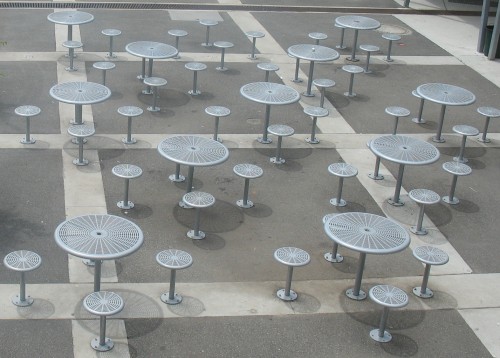
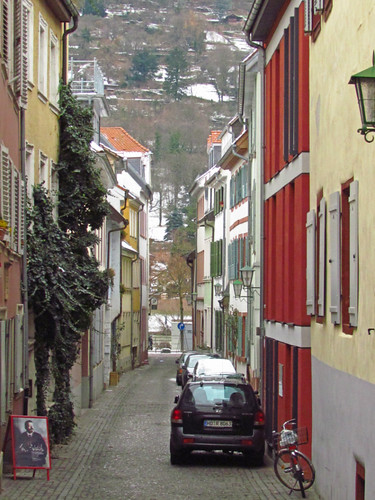
Photo: Heidelberg in Winter, kindly provided by Mimi_K at flickr.com
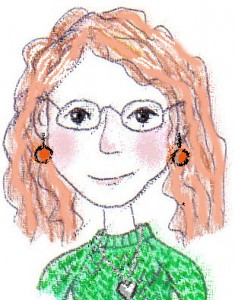
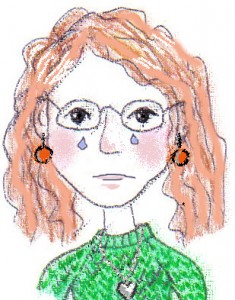

I can only see the second image, but the Pictorial cues I see in it are:
– Relative size: relating the size of different objects to each other to judge depth and distance
– Interposition: one object blocks another partially or entirely from view and the covered object is perceived as further away
– Texture gradient: reduction in detail that occurs in a surface as it recedes into the distance
– Height in the visual field: objects near the horizon are perceived as further away (I’m not sure if this is relevant because the horizon is not visible)
– Linear perspective: convergence of parallel lines, such as roads or railway tracks, as they recede